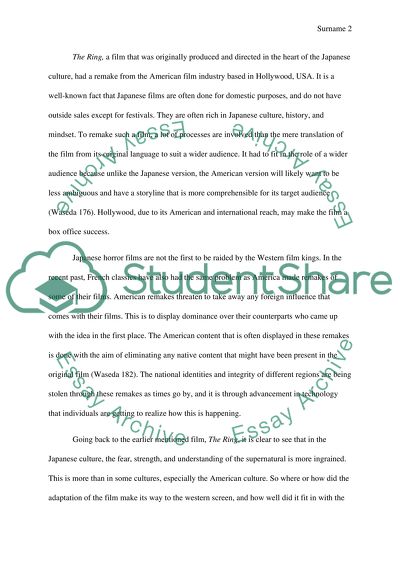Cite this document
(“The ring - difference between western movies and eastern movies Essay”, n.d.)
The ring - difference between western movies and eastern movies Essay. Retrieved from https://studentshare.org/visual-arts-film-studies/1478126-the-ring-difference-between-western-movies-and
The ring - difference between western movies and eastern movies Essay. Retrieved from https://studentshare.org/visual-arts-film-studies/1478126-the-ring-difference-between-western-movies-and
(The Ring - Difference Between Western Movies and Eastern Movies Essay)
The Ring - Difference Between Western Movies and Eastern Movies Essay. https://studentshare.org/visual-arts-film-studies/1478126-the-ring-difference-between-western-movies-and.
The Ring - Difference Between Western Movies and Eastern Movies Essay. https://studentshare.org/visual-arts-film-studies/1478126-the-ring-difference-between-western-movies-and.
“The Ring - Difference Between Western Movies and Eastern Movies Essay”, n.d. https://studentshare.org/visual-arts-film-studies/1478126-the-ring-difference-between-western-movies-and.


